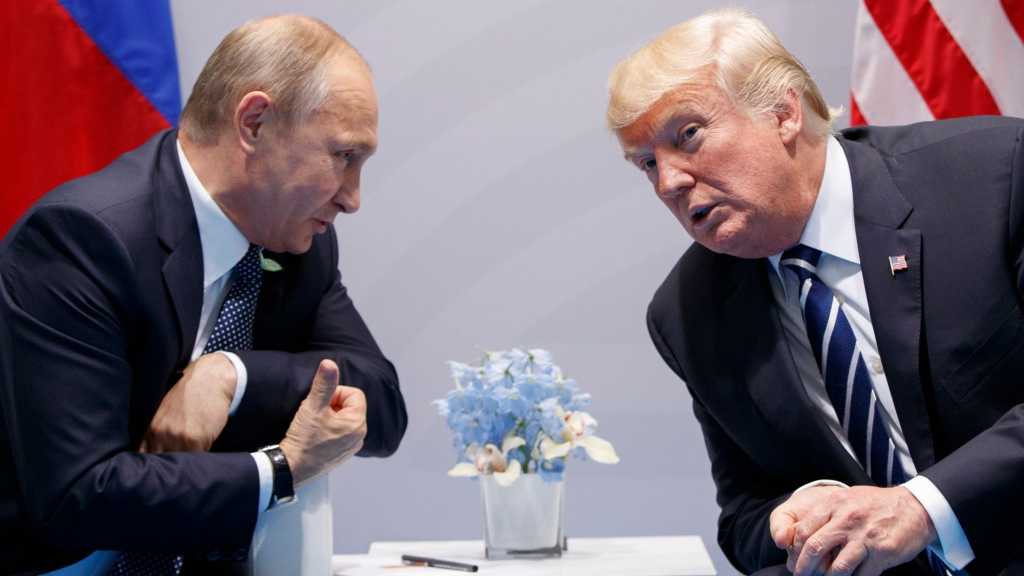Over 190 Countries Reach Historic Deal to Protect Oceans

By Staff, Agencies
Over the weekend, more than 190 countries reached a historic deal at the United Nations [UN] headquarters in New York City to protect the world's oceans. Environmentalists have hailed this as "the biggest conservation agreement in the history of the world."
The High Seas Treaty moves to protect 30% of the world’s oceans by 2030 with the aim of halting and reversing the current extinction crisis. The treaty's agreement is a significant step, being the first common framework agreement since countries adopted the UN Convention on the Law of the Sea in 1982.
Countries agreed to the finalized text of the treaty on Saturday night after 38 hours of negotiations and a further nearly two decades of talks. The negotiations were marked by disputes about fishing rights and funding. The consensus followed a pledge by nations at the UN biodiversity conference in Montreal last December.
The last international agreement on ocean protection was signed 40 years ago in 1982 – the UN Convention on the Law of the Sea. That agreement established an area called the high seas – international waters where all countries have a right to fish, ship, and do research. However, only 1.2% of these waters are protected. Marine life living outside of these protected areas has been at risk from climate change, overfishing, and shipping traffic.
These new protected areas, established in the treaty, will put limits on how much fishing can take place, the routes of shipping lanes, and exploration activities like deep-sea mining – when minerals are taken from a seabed 200m or more below the surface. Environmental groups have been concerned that mining processes could disturb animal breeding grounds, create noise pollution, and be toxic for marine life.
Greenpeace spokesperson Arlo Hemphill in a statement praised the "biggest conservation agreement in the history of the world" for providing a "pathway to establish marine sanctuaries so that countries can turn" their 30 by 30 pledge into a reality.
Countries will need to meet again to formally adopt the agreement and then have plenty of work to do before the treaty can be implemented.
Comments
- Related News




